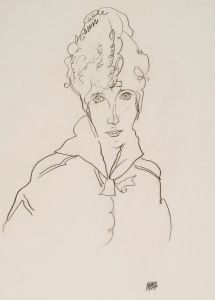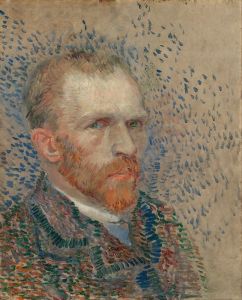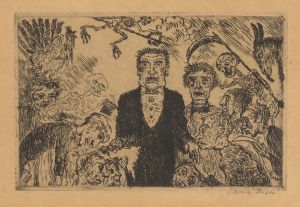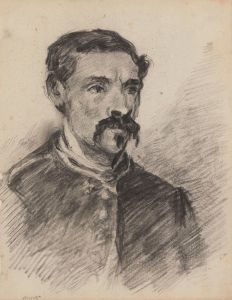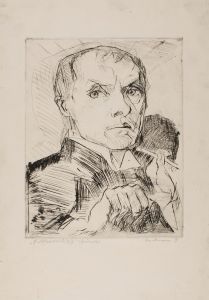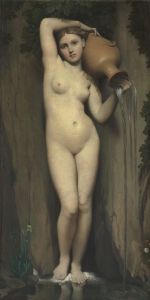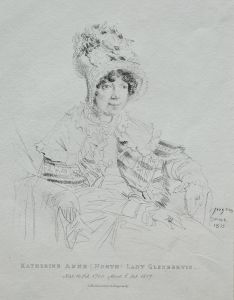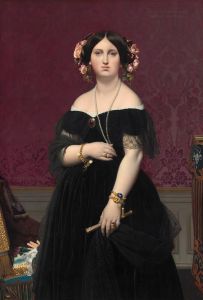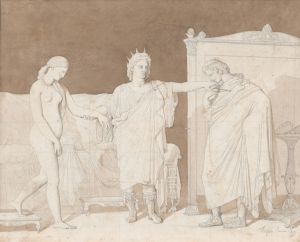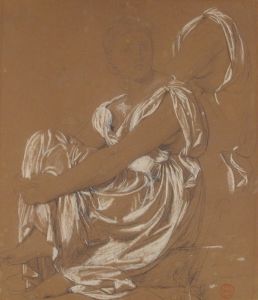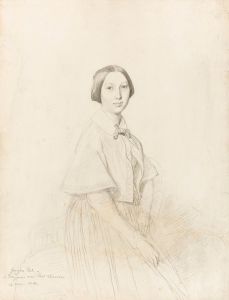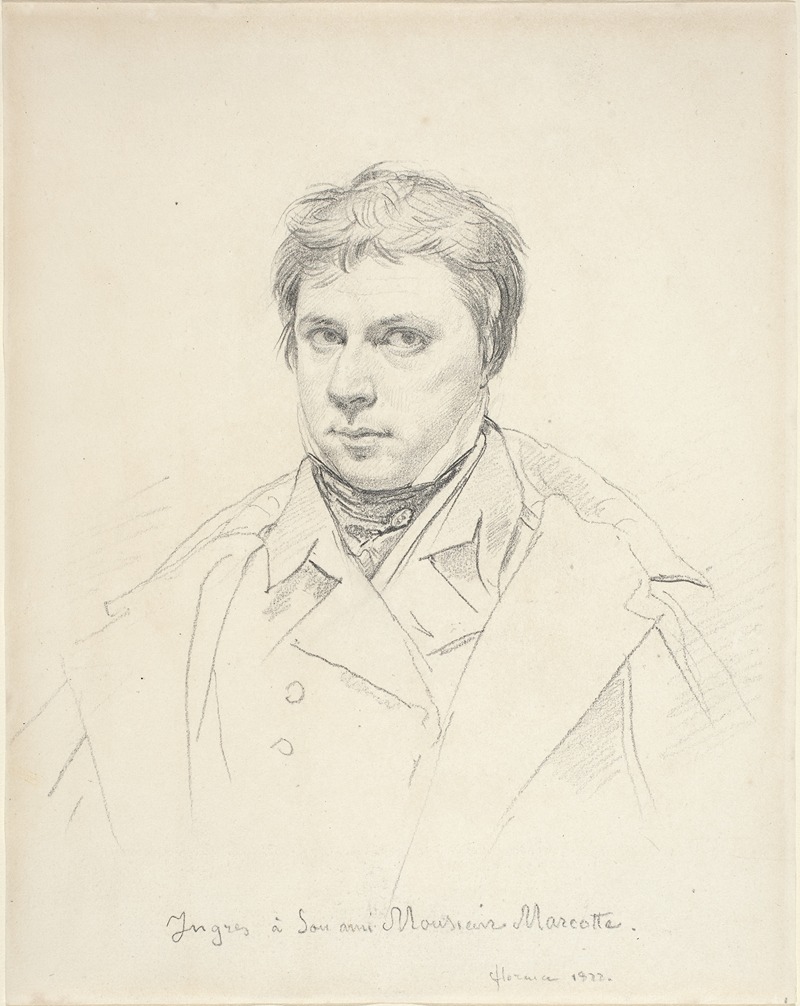
Self-Portrait
A hand-painted replica of Jean Auguste Dominique Ingres’s masterpiece Self-Portrait, meticulously crafted by professional artists to capture the true essence of the original. Each piece is created with museum-quality canvas and rare mineral pigments, carefully painted by experienced artists with delicate brushstrokes and rich, layered colors to perfectly recreate the texture of the original artwork. Unlike machine-printed reproductions, this hand-painted version brings the painting to life, infused with the artist’s emotions and skill in every stroke. Whether for personal collection or home decoration, it instantly elevates the artistic atmosphere of any space.
Jean Auguste Dominique Ingres's "Self-Portrait" is a notable work by the French Neoclassical painter, created in 1804. This self-portrait is one of the few instances where Ingres depicted himself, offering a glimpse into the artist's self-perception during the early stages of his career. The painting is executed in oil on canvas and is currently housed in the Musée Condé in Chantilly, France.
In this self-portrait, Ingres presents himself as a confident and serious young artist. He is depicted in a three-quarter view, wearing a dark coat and a white cravat, with his gaze directed outward toward the viewer. The composition is simple and focused, emphasizing the artist's face and upper body. The background is plain and neutral, ensuring that the viewer's attention remains on the subject. Ingres's meticulous attention to detail and smooth, refined brushwork are evident in the rendering of his facial features and clothing.
The painting was created when Ingres was 24 years old, shortly after he had won the prestigious Prix de Rome in 1801, which allowed him to study in Rome. At this point in his career, Ingres was still developing his distinctive style, which would later become synonymous with the Neoclassical movement. The self-portrait reflects his early mastery of technique and his commitment to the ideals of clarity, precision, and harmony that characterized Neoclassical art.
This work is significant not only as a self-representation of the artist but also as a document of his early career and aspirations. It provides insight into how Ingres viewed himself as a young man embarking on a path that would eventually establish him as one of the leading painters of his time. The self-portrait is often praised for its technical excellence and the introspective quality of the artist's expression.
While Ingres is best known for his portraits and historical paintings, this self-portrait stands out as a personal and intimate work. It serves as a reminder of the artist's roots and his early dedication to his craft, which would later lead to a long and successful career in the arts.






